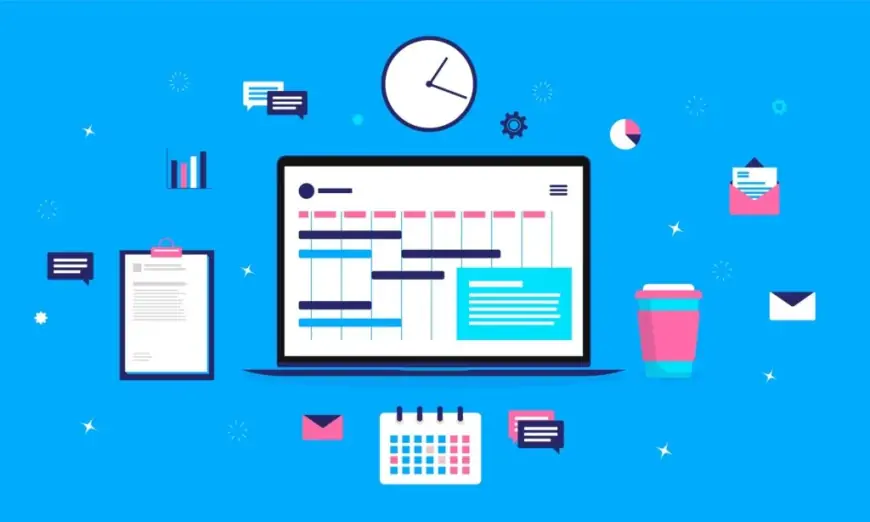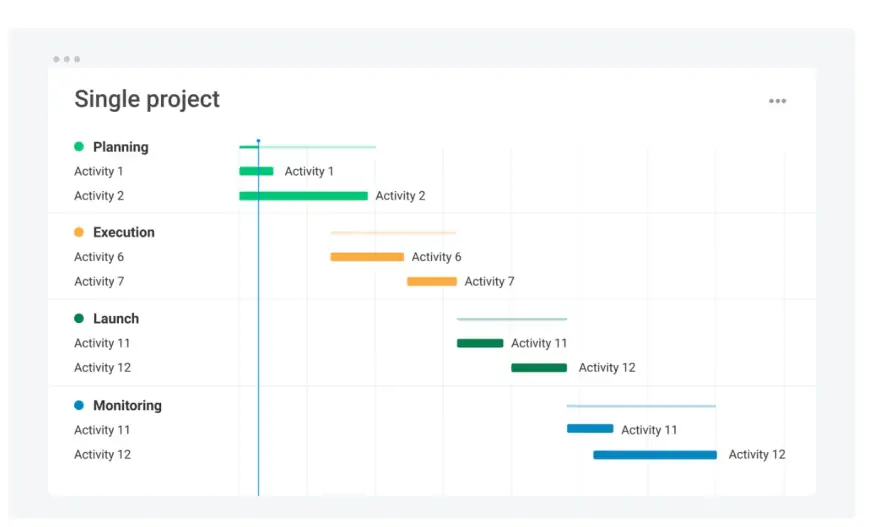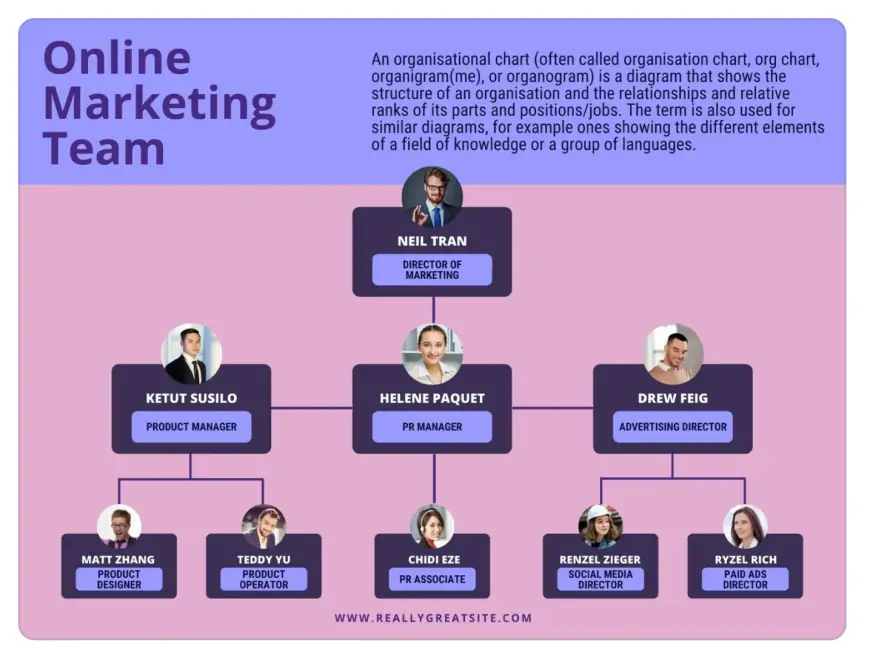What is a Project Management plan? How to write an effective project plan in 5 simple steps
Learn what a project management plan is and discover how to write an effective project plan in just 5 simple steps. Start your project off right!

What is a Project Management plan?
A project management plan comprises documents that detail the methods, timing, and contingency plans for executing a project. It provides an overview of the project's value proposition, execution steps, resources, communication protocols, risks, stakeholders (and their responsibilities), and deliverables. The plan includes an executive summary, Gantt charts, team charts, risk assessments, and subplans for communication and resource management.
What is the purpose of a Project Management plan?
A project management plan acts as a guide or roadmap for the successful completion of a project. It aligns talent, support, manpower, resources, risk management, and effective communication strategies around the project. The plan ensures that everyone understands their roles, the tasks involved, and the deadlines, thus keeping the project on track for timely and quality completion.
The use cases of a project management plan include:
- Risk management: The plan helps identify and mitigate potential risks that may arise during the project execution.
- Buy-in: The plan ensures that all stakeholders are committed and prepared to contribute productively.
- Expertise: It helps ensure that there are enough skilled individuals to handle the project activities.
- Communication and collaboration: It establishes clear communication tools, schedules, preferences, and protocols to avoid communication issues.
- Milestones: The plan sets out the key milestones necessary for successful project completion, ensuring team readiness and preventing scope creep.
- Resource management: It assesses the required resources, such as funds and materials, and ensures their availability to prevent project delays.
What are the 5 components of a Project Management plan?
A project management plan should include an executive summary, timeline (or Gantt chart), resource management subplan, risk assessment, communication subplan, and team chart. Here is an overview of each component:
- Timeline or Gantt chart: Illustrates the project's start and end dates, as well as the start and end dates for milestones. It also indicates any dependent and independent activities.
- Executive summary: Provides an overview of the project's value proposition, the problem it addresses, budget breakdown, milestones, and deliverables.
- Risk assessment: Identifies potential obstacles that could negatively impact the project's completion or deliverable quality. It outlines triggers for these risks and proposes mitigation or avoidance strategies.
- Team chart: Lists all individuals involved in the project, their roles, and communication preferences.
- Communication subplan: Outlines communication tools, assets, schedules, protocols, and team members' preferences to maintain project progress and alignment.
- Resource management subplan: Identifies necessary resources, such as materials, tools, and funding. It also breaks down resource needs for each milestone, ensures their availability, and establishes tracking mechanisms during project execution.
Before drafting your plan
Take time to prepare by assessing the risks of failure, identifying milestones, selecting key team members, choosing appropriate tools, and defining the project's end beneficiary. Each step is crucial for effective project management:
Risk assessment
Understand the consequences of project failure to motivate your team and emphasize the project's value proposition.
Milestone identification
Define project milestones to assign responsibilities and select team members with the necessary expertise.
Talent selection
Involve team members who will execute the plan early on to leverage their expertise and improve planning.
Tool selection
Use graphic design tools and project management software like Canva, monday.com, or Wrike to visualize and manage project data effectively.
Beneficiary identification
Understand the needs and expectations of the end user or beneficiary to align the project's outcomes with their requirements.
How to write an effective project plan in 5 simple steps?
To create a project management plan, start by outlining the project's scope, schedule, and budget. Then, develop an executive summary that includes a project timeline, risk assessment, stakeholder chart, communication plan, and resource management plan. Finally, refine the plan with input from stakeholders to ensure alignment and obtain buy-in.
1. Establish project baselines
Define the project scope, schedule, and budget to provide a foundational overview. Address key questions such as:
- What are the project deliverables and their priority?
- What milestones are critical for project completion?
- What are the scope boundaries?
- When is the project start and end date?
- What is the budget, considering profit margins for client projects?
2. Create an executive summary
The executive summary should encapsulate the project's definition, value proposition, including problem-solving aspects, milestones, scope limitations, change consequences, goals, and financial breakdown. Utilize the baseline information from step one to craft the executive summary.
When presenting your project to stakeholders, it's crucial that your executive summary is both visually appealing and concise. Break up the content with columns and visuals to facilitate quick reading. Canva offers excellent templates for creating visually appealing and concise executive summaries. You can personalize a template to match your brand, add your content, and then download the summary or share it as a link.
To get started, sign up for Canva's free account. Use the search box labeled “What will you design?” to find an “executive summary” template and select it. Customize the template with your brand's colors, text, and images using the tools on the left side. Add additional pages by clicking the plus sign at the top right corner of the template. Proceed to add and customize text and visuals to complete your summary.
3. Develop your project’s timeline
Creating a project timeline is best done using a Gantt chart, which visually represents the planned start and completion dates for various project activities. These activities typically represent smaller tasks or milestones within the project. Gantt charts are valuable for outlining the project scope and preventing scope creep. They are user-friendly and effective for visualizing your timeline.
It's essential to identify dependencies in your Gantt chart, which occur when one activity must be completed before another can begin. For example, completing a prototype is a prerequisite for conducting a focus group analysis. Highlighting these dependencies with color-coding or arrows can help you manage them effectively.
While Canva offers Gantt chart templates, there are dedicated software platforms that specialize in creating Gantt charts. These tools not only assist in constructing the chart but also help you track progress and manage dependencies once the project is underway. If budget constraints prohibit the use of specialized software, you can create a Gantt chart using Excel or Google Sheets.

4. Define stakeholder responsibilities
Once you have your project activities outlined on the timeline, it's important to assign responsibilities to each activity. Your project plan acts as a guide for all stakeholders, so clearly defining roles is crucial. Use an intuitive chart to record who is responsible for each activity. Create a project team chart that outlines the individuals involved in the project and their respective responsibilities. Additionally, include information on who each person is accountable to and their contact details for seamless collaboration.
Canva provides templates for organizational or team charts that can be customized to suit your project's needs. Search for "organizational chart" within your Canva account to find relevant templates. Choose a chart that aligns with your project and brand requirements, then use the design tools to personalize it with team member photos, colors, and updated text. This ensures that stakeholders have the necessary information for effective collaboration throughout the project.

5. Perform a risk assessment
Begin your risk assessment by identifying potential obstacles that could impede your team's ability to complete the project on time and with the desired quality. Develop a plan for each risk that outlines the triggers, prevention measures, and mitigation strategies. Assign stakeholders to manage the risk triggers, prevention, and mitigation efforts. Some teams use a SWOT analysis to identify strengths, weaknesses, opportunities, and threats at this stage.
To analyze each risk, consider the following questions:
- What events could negatively impact the project?
- When is the risk most likely to occur during the project timeline?
- How probable is it that the risk will occur?
- What triggers could lead to this risk?
- What steps can be taken to reduce the likelihood of this risk occurring? How can we avoid these triggers?
- What would be the consequences if the risk were to occur?
- How can we minimize the negative impact if the risk does occur?
- Who is best suited to manage the triggers, prevention, and mitigation efforts for each risk?
Creating a project management plan is essential for ensuring the successful execution and completion of a project. Without a plan, you run the risk of project delays, exceeding the budget, failing to deliver on the project's value proposition, and disappointing the end-user. On the other hand, with a well-thought-out plan, you can secure stakeholder buy-in, ensure resource availability, adhere to the budget, deliver a high-quality final product, and satisfy the end-user. We hope this guide helps you achieve these outcomes for your project.












































